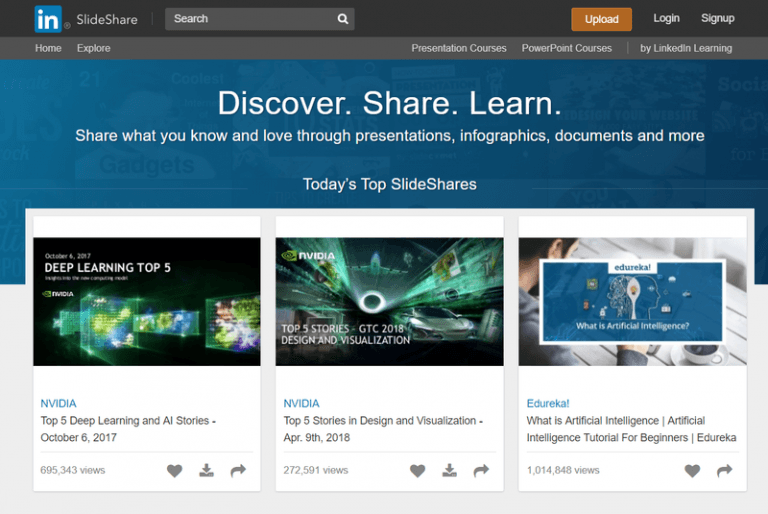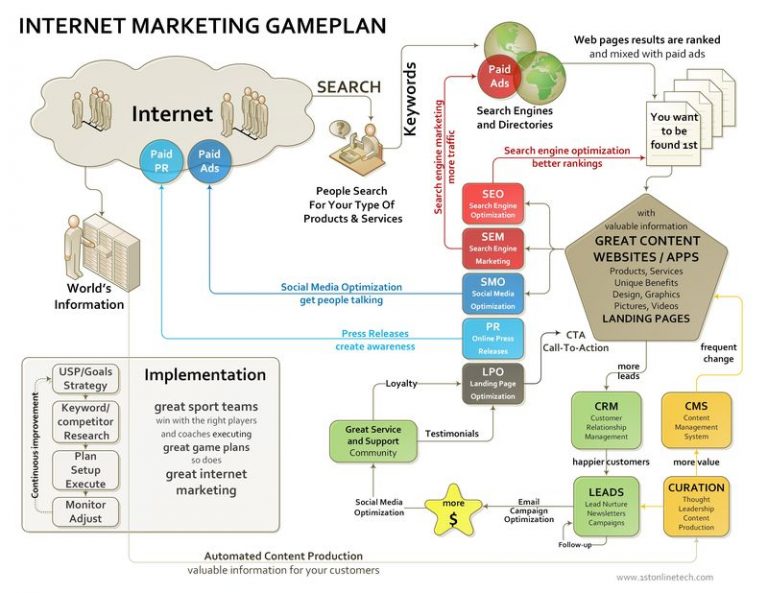Transform your Evernote experience by unlocking powerful integration, automation, and sharing capabilities. By exposing your notes through RSS feeds, you can create a dynamic ecosystem that connects with platforms like Zapier, IFTTT, and various CMS tools to streamline workflows and maximize productivity. The Power of RSS Integration When your notes are exposed through RSS, they […]
The Death of Microsoft’s LinkedIn’s SlideShare
In 2016, SlideShare had over 70 million unique visitors per day, and it was listed by Alexa as one of the top 100 most visited websites in the world. At its peak, it was such a powerhouse that Obama used the network to post his birth certificate. It also stood for years as a premier […]
Best Social Media Automation Tools to Boost Traffic
What are the Best Social Media Automation Tools to Better Reach My Audience? The internet is chalk full of tools that are useful in this arena. Many sites exist to make your life easier by taking some of the burdensome work off of your shoulders. We’ve compiled a list of the nine best social media […]
Good marketing nowadays revolves around inbound marketing. And the good news is
Good marketing nowadays revolves around inbound marketing. And the good news is that if you have a blog, you are already on your way toward creating a great inbound marketing strategy. Iinternet marketing gameplan by http://www.1stonlinetech.com Checklist for Launching an Inbound Marketing Plan in WordPress 1) Attract: Get to know your ideal target audience and […]
BLOGGING IS ALIVE AND WELL
Some pundits have suggested that the blog is dead, but it’s not. Blogging has simply evolved from a consumer activity into a sophisticated marketing tactic. The best marketers have figured out that if you’re going to have long-term success in this content marketing evolution, investment in owned digital properties is mandatory. 71% of marketers are […]




